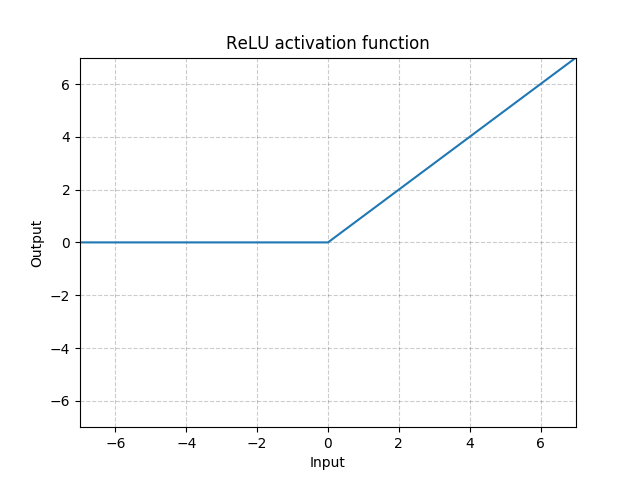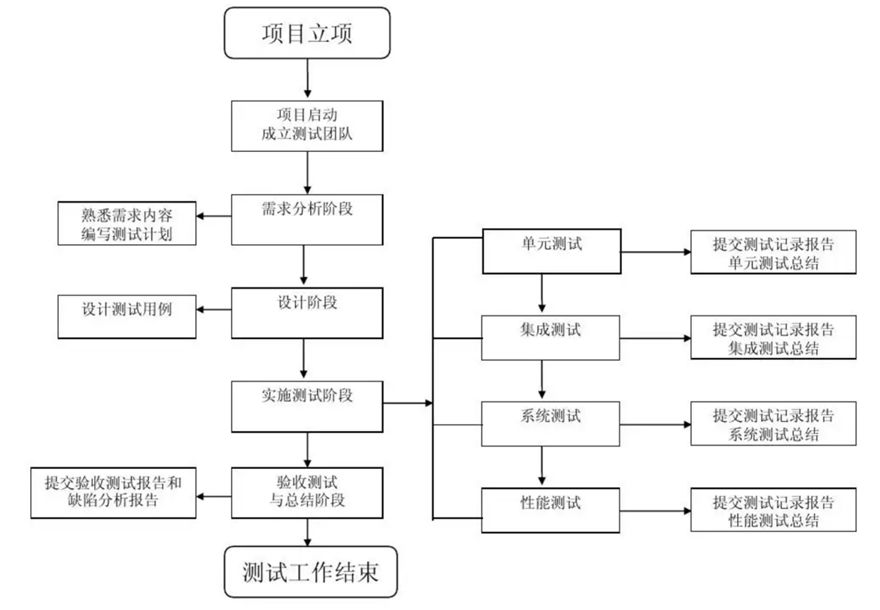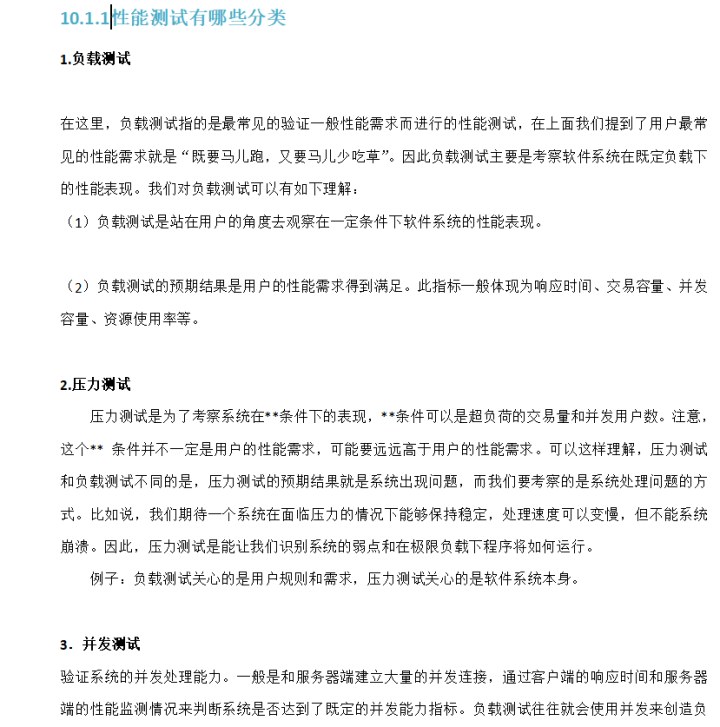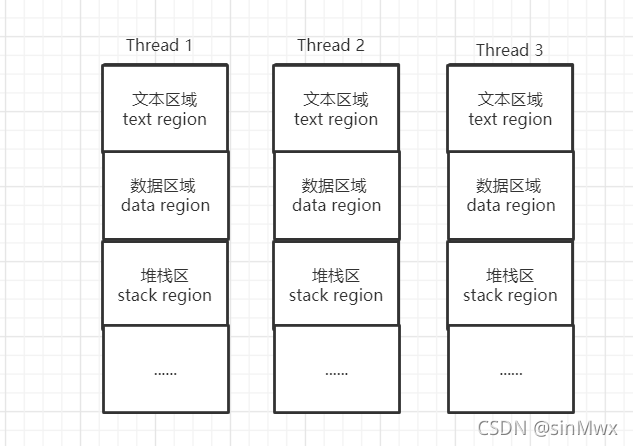当前位置:网站首页>"NIO Cup" 2022 Nioke Summer Multi-School Training Camp 3 DF Problem Solving
"NIO Cup" 2022 Nioke Summer Multi-School Training Camp 3 DF Problem Solving
2022-08-11 00:02:00 【Shanhj】
A-Ancestor
题目大意:
给出两棵编号1-n的树A B,A B树上每个节点均有一个权值,给出k个关键点的编号𝑥_1…𝑥_𝑛,问有多少种方案使得去掉恰好一个关键点使得剩余关键点在树A上LCA的权值大于树B上LCA的权值.
思路:
预处理出关键点序列的在树A B上的前缀LCA和后缀LCA,枚举去掉的关键节点并使用前后缀LCA算出剩余节点的LCA比较权值即可.
tree planingLCA代码:
#include <bits/stdc++.h>
#define mem(a, v) memset(a, v, sizeof(a))
const int N = 2e5 + 5;
using namespace std;
struct lcatree
{
int val[N];
int dep[N], fa[N], sz[N], mson[N], top[N];
vector<int> son[N]; //记录每个结点的子树
void dfs1(int u) //求dep,fa,sz,mson
{
sz[u] = 1;
mson[u] = 0;
for (auto s : son[u])
{
dep[s] = dep[u] + 1;
fa[s] = u;
dfs1(s);
sz[u] += sz[s];
if (sz[s] > sz[mson[u]]) mson[u] = s;
}
}
void dfs2(int u) //求top
{
if (u == mson[fa[u]]) // uis the eldest son,Must be on the heavy chain,topThe value is the same as the parent node
top[u] = top[fa[u]];
else
top[u] = u;
for (auto s : son[u])
dfs2(s);
}
void init(int n)
{
int f;
for (int i = 1; i <= n; i++)
cin >> val[i];
for (int i = 2; i <= n; i++)
{
cin >> f;
son[f].push_back(i);
}
sz[0] = 0;
dfs1(1);
dfs2(1);
}
int get_lca(int u, int v)
{
while (top[u] != top[v])
{
if (dep[top[u]] > dep[top[v]])
u = fa[top[u]];
else
v = fa[top[v]];
}
return dep[u] < dep[v] ? u : v;
}
} treea, treeb;
int key[N], prea[N], preb[N], lsta[N], lstb[N];
signed main()
{
ios::sync_with_stdio(false), cin.tie(0), cout.tie(0);
int n, k, ans = 0;
cin >> n >> k;
for (int i = 1; i <= k; i++)
cin >> key[i];
treea.init(n);
treeb.init(n);
prea[1] = key[1];
preb[1] = key[1];
for (int i = 2; i <= k; i++)
{
prea[i] = treea.get_lca(prea[i - 1], key[i]);
preb[i] = treeb.get_lca(preb[i - 1], key[i]);
}
lsta[k] = key[k];
lstb[k] = key[k];
for (int i = k - 1; i >= 1; i--)
{
lsta[i] = treea.get_lca(lsta[i + 1], key[i]);
lstb[i] = treeb.get_lca(lstb[i + 1], key[i]);
}
for (int i = 1; i <= k; i++)
{
if (i == 1)
{
if (treea.val[lsta[2]] > treeb.val[lstb[2]])
ans++;
}
else if (i == k)
{
if (treea.val[prea[k - 1]] > treeb.val[preb[k - 1]])
ans++;
}
else
{
int lcaa = treea.get_lca(prea[i - 1], lsta[i + 1]);
int lcab = treeb.get_lca(preb[i - 1], lstb[i + 1]);
if (treea.val[lcaa] > treeb.val[lcab])
ans++;
}
}
cout << ans;
return 0;
}
区间RMQ求LCA代码:
#include <bits/stdc++.h>
#define mem(a, v) memset(a, v, sizeof(a))
const int N = 2e5 + 5;
using namespace std;
struct lcatree
{
int pos[N]; //记录结点在欧拉序列中第一次出现的位置
int seq[N * 2]; //记录欧拉序列
int dep[N * 2]; //记录欧拉序列中对应下标的深度
int st[N * 2][20]; // st表,记录深度最小的下标
int val[N];
int tot = 0;
bool vis[N];
vector<int> son[N]; //记录每个结点的子树
void dfs(int u, int d) // 构建欧拉序列,u表示当前结点,d表示深度
{
vis[u] = 1;
pos[u] = ++tot;
seq[tot] = u;
dep[tot] = d;
for (auto s : son[u])
{
if (vis[s]) continue;
dfs(s, d + 1);
seq[++tot] = u; //每次回溯要将当前点再次加入欧拉序列
dep[tot] = d;
}
}
void st_create() //创建st表
{
for (int i = 1; i <= tot; i++)
st[i][0] = i;
int k = log2(tot), f1, f2;
for (int j = 1; j <= k; j++)
{
for (int i = 1; i <= tot - (1 << j) + 1; i++)
{
f1 = st[i][j - 1], f2 = st[i + (1 << (j - 1))][j - 1];
st[i][j] = dep[f1] < dep[f2] ? f1 : f2;
}
}
}
int get_lca(int u, int v)
{
int l = pos[u], r = pos[v];
if (l > r) swap(l, r);
int k = log2(r - l + 1);
int f1 = st[l][k], f2 = st[r - (1 << k) + 1][k];
return dep[f1] < dep[f2] ? seq[f1] : seq[f2]; //返回时要将下标转化成seq数组中的值
}
void init(int n)
{
mem(vis, 0);
int fa;
for (int i = 1; i <= n; i++)
cin >> val[i];
for (int i = 2; i <= n; i++)
{
cin >> fa;
son[fa].push_back(i);
}
dfs(1, 0);
st_create();
}
} treea, treeb;
int key[N], prea[N], preb[N], lsta[N], lstb[N];
signed main()
{
ios::sync_with_stdio(false), cin.tie(0), cout.tie(0);
int n, k, ans = 0;
cin >> n >> k;
for (int i = 1; i <= k; i++)
cin >> key[i];
treea.init(n);
treeb.init(n);
prea[1] = key[1];
preb[1] = key[1];
for (int i = 2; i <= k; i++)
{
prea[i] = treea.get_lca(prea[i - 1], key[i]);
preb[i] = treeb.get_lca(preb[i - 1], key[i]);
}
lsta[k] = key[k];
lstb[k] = key[k];
for (int i = k - 1; i >= 1; i--)
{
lsta[i] = treea.get_lca(lsta[i + 1], key[i]);
lstb[i] = treeb.get_lca(lstb[i + 1], key[i]);
}
for (int i = 1; i <= k; i++)
{
if (i == 1)
{
if (treea.val[lsta[2]] > treeb.val[lstb[2]])
ans++;
}
else if (i == k)
{
if (treea.val[prea[k - 1]] > treeb.val[preb[k - 1]])
ans++;
}
else
{
int lcaa = treea.get_lca(prea[i - 1], lsta[i + 1]);
int lcab = treeb.get_lca(preb[i - 1], lstb[i + 1]);
if (treea.val[lcaa] > treeb.val[lcab])
ans++;
}
}
cout << ans;
return 0;
}
D-Directed
题目大意:
Pick a starting point on a trees,终点为1,Randomly walk to adjacent points each time,随机地选择kAn edge makes it a directed edge to the end,求出从s走到1的期望步数.
思路:
用F[x]表示从xThe expected number of steps to reach the parent node,Then the answer is wills到1on this pathF值加起来.
对于x,It is possible to go to the parent node in one step,It is also possible to go to the subtree first(The probability of walking to each subtree is 1/degx,degx为x的边数),Then walk back from the subtree.
那么F[x]的表达式就是:
Move items to get:
If put in this formulafy再展开的话,可以发现F[x]其实就等于1+2times the subtree size(A simple tree can be drawn to verify).
也就是xEach child node pair in F[x]的贡献为2,对于整棵树来说,The contribution of each point to the answer is equal to that point1Multiply by the number of keypoints passed2(1Not included in the key points,因为1已经是终点了),Then adding the number of key points is the answer.
这是k为0的情况,如果要随机选择kAn edge becomes a directed edge,The case where a point contributes to a point on the critical path is that there is no directed edge from this point to the edge on the critical path.Suppose this point to the critical path to go throughi条边,This probability is equal to (n-i-1)条边中选kstrips become directed edges.
But computing the contribution of each point to the keypoint isn2的复杂度,是无法接受的.The contribution of this point to the answer must be calculated once,If the contribution of each point to the key point is listed,其实就相当于计算C(n-i-1,k)+C(n-i-2,k)+…+C(n-j-1,k),可以用前缀和处理.
AC代码:
#include <bits/stdc++.h>
#define mem(a, v) memset(a, v, sizeof(a))
const int N = 1e6 + 5;
const long long mod = 998244353ll;
using namespace std;
long long sum[N], fac[N], facinv[N], invc, ans = 0;
int fa[N], dep[N], n, k, s;
bool keypath[N];
vector<int> g[N];
long long ksm(long long base, long long power, long long mod)
{
long long result = 1;
base %= mod;
while (power)
{
if (power & 1)
result = (result * base) % mod;
power >>= 1;
base = (base * base) % mod;
}
return result;
}
//从a个里面挑b个
long long C(int a, int b) {
return fac[a] * facinv[b] % mod * facinv[a - b] % mod; }
void init()
{
mem(keypath, 0);
facinv[0] = fac[0] = 1;
for (long long i = 1; i < N; i++)
fac[i] = fac[i - 1] * i % mod;
facinv[N - 1] = ksm(fac[N - 1], mod - 2, mod);
for (long long i = N - 2; i >= 1; i--)
facinv[i] = facinv[i + 1] * (i + 1) % mod;
sum[0] = 0; //预处理C(k,n-1)~C(k,n-1-i)的前缀和
for (int i = 1; i <= n; i++)
sum[i] = C(n - 1 - i, k) + sum[i - 1];
invc = ksm(C(n - 1, k), mod - 2, mod);
}
void dfs1(int u, int deep) //Calculate the depth and parent of each point
{
dep[u] = deep;
for (auto v : g[u])
{
if (v == fa[u]) continue;
fa[v] = u;
dfs1(v, deep + 1);
}
}
void dfs2(int u, int f) //找到uThe parent of the closest point on the critical path
{
for (auto v : g[u])
{
if (v == f) continue;
if (keypath[u])
fa[v] = u;
else
fa[v] = fa[u];
dfs2(v, u);
}
}
signed main()
{
ios::sync_with_stdio(false), cin.tie(0), cout.tie(0);
cin >> n >> k >> s;
init();
int u, v;
for (int i = 2; i <= n; i++)
{
cin >> u >> v;
g[u].push_back(v);
g[v].push_back(u);
}
fa[1] = 0;
dfs1(1, -1); //将结点1The depth is set to -1,方便后续计算
for (int i = s; i; i = fa[i]) //Colorize the critical path
keypath[i] = 1;
dfs2(1, 0);
for (int i = 2; i <= n; i++)
if (fa[i]) //Calculate the contribution of each point to the answer,Points on other subtrees of the root will not contribute to the answer
ans = (ans + (sum[dep[i]] - sum[dep[i] - dep[fa[i]] - 1] + mod) * 2 % mod * invc % mod) % mod;
ans = (ans + dep[s] + 1) % mod; //Finally add the points on the critical path for your own contribution to the answer(That is, the number of points on the critical path-1)
cout << ans;
return 0;
}
F-Fief
题目大意:
Find two points on a graphx和y,Determine whether all points can be passed without passingy或xarrived in the casex或y.That is, put all the points in a certain order,Make this sequence connected with the prefix and suffix.
The simplest meaning of the question is:
Can the graph be reduced to a chain(双连通分量缩点),且x和yat both ends of the chain.
前置知识:
割点、双连通分量
思路:
First, we must determine whether the graph is connected,If the graph is not connected then there is no solution.
Then find the biconnected components in the graph,Compute the degree of each biconnected component,If the degree of each biconnected component is not greater than 2,Then the graph can be reduced to a chain.然后判断x和yWhether it is located at degree 1in the different biconnected components of (因为度为1The biconnected components of must be at both ends of the chain).
AC代码:
#include <bits/stdc++.h>
#define mem(a, v) memset(a, v, sizeof(a))
using namespace std;
const int N = 1e5 + 5;
int n, m, t, k;
struct edge
{
int to, next;
} e[N * 4];
int head[N], ecnt = 0;
void add(int u, int v)
{
e[++ecnt] = {
v, head[u]};
head[u] = ecnt;
};
int low[N], dfn[N], cut[N], stk[N], f[N]; // fRecords whether a point lies in the biconnected components at both ends
int tot = 0, root = 1, top = 0, dcc_cnt = 0;
vector<int> dcc[N], group[N]; // dccRecord which points are in the biconnected component,groupKeep track of which biconnected components a point is in
void tarjan(int u)
{
low[u] = dfn[u] = ++tot;
stk[++top] = u;
int y, cnt = 0; //Count the biconnected components connected by this point
for (int i = head[u]; i; i = e[i].next)
{
int v = e[i].to;
if (!dfn[v])
{
tarjan(v);
low[u] = min(low[u], low[v]);
if (dfn[u] <= low[v]) //A new biconnected component appears
{
++cnt, ++dcc_cnt;
if (u != root) cut[u] = 1;
while (1)
{
y = stk[top--];
group[y].push_back(dcc_cnt);
dcc[dcc_cnt].push_back(y);
if (y == v) //Note here in encounterv的时候就停止
{
dcc[dcc_cnt].push_back(u);
group[u].push_back(dcc_cnt);
break;
}
}
}
}
else
low[u] = min(low[u], dfn[v]);
}
if (cnt >= 2 && u == root) cut[root] = 1; //If the root point connects more than two biconnected components,Then the root is also a cut point
}
signed main()
{
ios::sync_with_stdio(false), cin.tie(0), cout.tie(0);
mem(head, 0), mem(f, 0), mem(dfn, 0), mem(cut, 0);
cin >> n >> m;
for (int i = 1, u, v; i <= m; i++)
{
cin >> u >> v;
add(u, v), add(v, u);
}
tarjan(1);
bool flag = 1;
for (int i = 1; i <= n && flag; i++) //判断图的连通性
if (!dfn[i]) flag = 0;
if (flag && dcc_cnt != 1) //如果图是连通的,And there is more than one biconnected component,Just count the degree of each biconnected component
{
int idx = 0;
for (int i = 1; i <= dcc_cnt && flag; i++)
{
int degree = 0;
for (auto u : dcc[i])
if (cut[u]) //Only cut points will lie in multiple biconnected components,Contribute to the degree
degree += group[u].size() - 1;
if (degree > 2) flag = 0; //度超过了2,A chain cannot be formed
else if (degree == 1) //度为1,Instructions are at both ends
{
idx++; //Label the biconnected components at both ends
for (auto u : dcc[i])
if (!cut[u]) f[u] = idx;
}
}
}
int q;
cin >> q;
while (q--)
{
int x, y;
cin >> x >> y;
if (!flag)
cout << "NO\n";
else if (dcc_cnt == 1) //It is always true when there is only one biconnected component
cout << "YES\n";
else
{
if (f[x] + f[y] == 3) //加起来等于3It must be in the biconnected components at both ends
cout << "YES\n";
else
cout << "NO\n";
}
}
return 0;
}
边栏推荐
猜你喜欢
随机推荐
[C language] binary search (half search)
SAS data processing technology (1)
盘点美军的无人机家底
sqlmap combined with dnslog fast injection
Where can I download IEEE papers?
UOJ#749-[UNR #6]稳健型选手【贪心,分治,主席树】
高校就业管理系统设计与实现
如何利用原生JS实现回到顶部以及吸顶效果
特殊类与类型转换
7. yaml
ASIO4ALL是什么
Web APIs BOM- 操作浏览器之综合案例
SQL注入基础
【C语言】二分查找(折半查找)
【C语言篇】表达式求值(隐式类型转换,算术转换)
Qt入门(六)——抽奖系统的实现
地下管廊可视化管理系统搭建
鲜花线上销售管理系统的设计与实现
Talking about jsfuck coding
鲲鹏编译调试及原生开发工具基础知识








